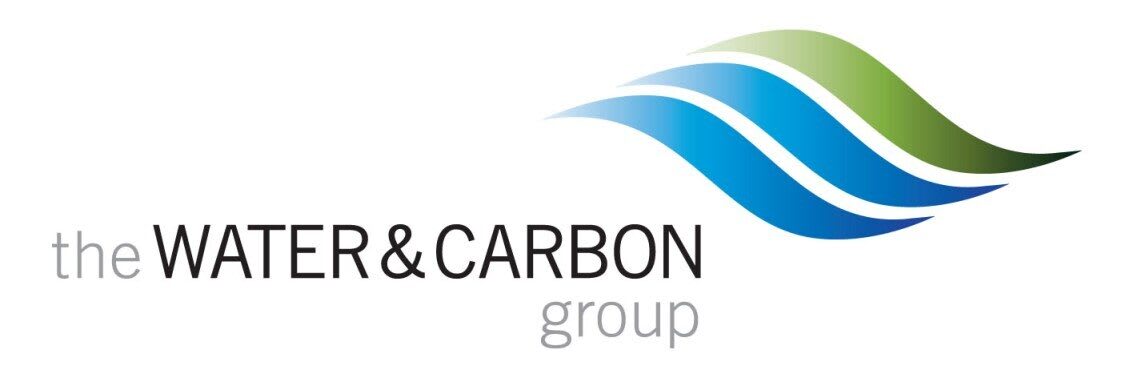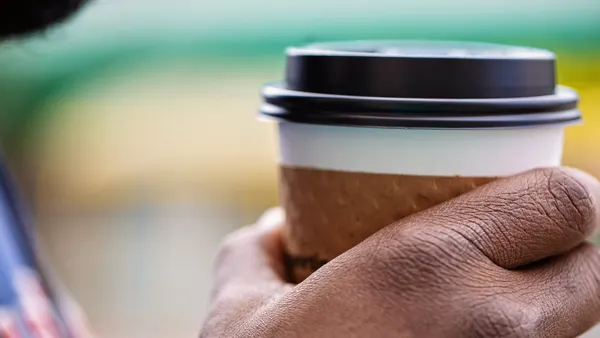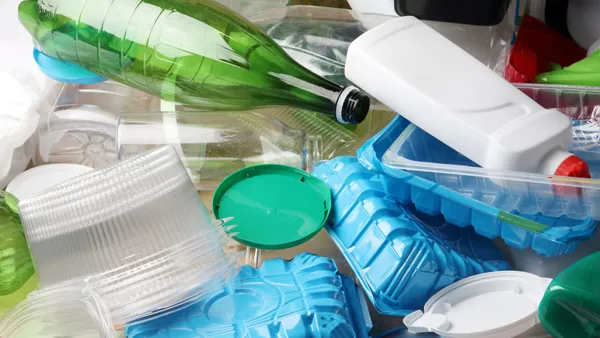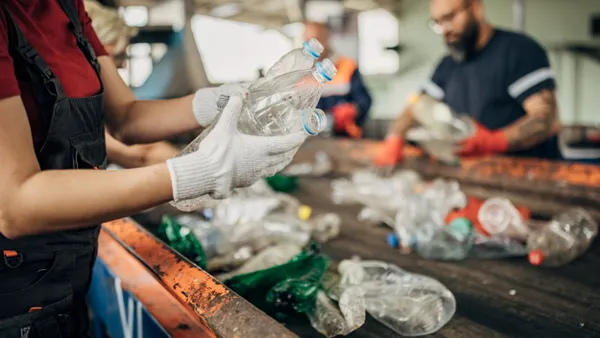UPDATE: The Santa Barbara City Council voted 4-3 to sign on to a 22-year deal with the proposed Tajiguas Resource Recovery Project, as reported by the Santa Barbara Independent.
The project received county approval earlier this year but the city's participation was seen as critical because it will contribute 40% of the material. Santa Barbara will pay $9 million per year to send 75,000 tons of waste to the site. Tipping fees will increase to cover the costs, though Santa Barbara's diversion is expected to increase from 39% to 65%.
The council members who voted in opposition said this will result in Santa Barbara being on the hook for up to 40 years, which is the project's intended lifespan. Costs were also a factor — the estimate has now increased to $122 million — as well as environmental factors because the site is located along the coast.
Dive Brief:
- The Santa Barbara County Board of Supervisors has unanimously approved plans for a new resource recovery facility that would extend the remaining lifespan of California's Tajiguas Landfill from 10 to 20 years.
- This proposed facility would sort incoming waste into three streams for on-site processing: recyclables to be processed at a material recovery facility (MRF), organics to be processed at an anaerobic digestion (AD) facility, and residuals to be landfilled.
- The proposed project would cost $110.5 million, but still requires financing, permits, and other logistical agreements before proceeding.
Dive Insight:
This proposal has been in the works for years and by most accounts is a very well-planned concept. Building recovery facilities at landfills is the most efficient solution whenever possible and a number of sites have taken this approach to help extend their lifespan. According to county staff, the facility would increase the region's diversion rate from 73% to 85% and reduce greenhouse gas emissions equivalent to taking 13,270 vehicles off the road.
The board approved financing the project through solid waste recovery certificates of participation. According to Noozhawk, this form of financing "allows others to buy a share of the lease revenue of an agreement made by the government entity." The board also approved a waste services agreement with MSB Investors LLC to design, build, and operate the facilities through subcontracting. The MRF will have a capacity of up to 250,000 tons per year—yielding an expected 90,000 tons of recycled material for resale—and the AD facility will have capacity of up to 73,600 tons per year along with a separate composting area.
While some local environmental groups raised concerns about further industrialization of the Gaviota Coast area and feasibility of the technology, the project seems likely to move forward.













